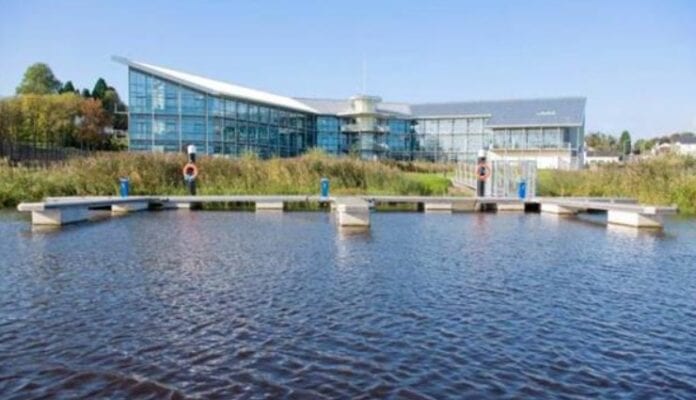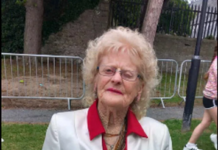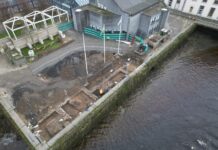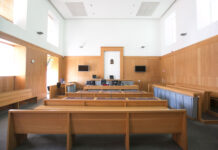
MALCOLM Noonan, Minister of State for Heritage and Electoral Reform has launched the Waterways Ireland Digital Archive, making the history of the inland waterways more accessible than ever to all.
Unique and irreplaceable; over 7,800 of the 11,000 records including drawings, maps, slides, photos, videos and oral history held by Waterways Ireland, have been digitised, catalogued and uploaded to the searchable website archive.waterwaysireland.org
Minister Noonan said “I am delighted to launch the Waterways Ireland Digital Archive. For the communities that live along our navigable waterways, those whose families left Ireland via our canals, those who worked on the barges or distributed their wares via the waterway network, and those that study, research and love our heritage, this is a very exciting day. I acknowledge and thank the people and communities who have donated their stories, film, photographs and drawings to Waterways Ireland to conserve and digitise. Through the Waterways Ireland Digital Archive, access to this unique set of stories is available to us all.”
For the first time visitors will be able to search the free online catalogue and view some of the collections held in the Waterways Ireland Archive. The backbone of the archive is the Engineering Collection which is now available online. It contains the original drawings tracing the development of the waterways from their conception in the eighteenth century through to their construction and their ongoing maintenance during the nineteenth and early twentieth century. Included are engineer’s plans for locks, sluices, bridges and harbours, all providing a fascinating insight into our waterway heritage.
John Mc Donagh CEO welcomed the launch stating “The unique collection of items held by Waterways Ireland on behalf of the community represents over 200 years of inland waterway history. The process of digitisation fulfils our need as an organisation to ensure the engineering drawings and documents which were used to construct our navigations continue to be available to the organisation in the future to ensure authentic and appropriate maintenance takes place. More importantly though, the Digital Archive now makes accessible the records of our predecessors who worked, lived, and played along the waterways, enabling them to tell their stories and for them to be shared with our communities, students, academics and anyone with a love of the waterways.”
The new website features three collections personally donated to the Archive; the Ruth Delany Collection and the Ian Bath Collection. These images, scanned from the original transparency slides, showcase their efforts to document the campaigns to keep the waterways open, as well as reflecting their interests in recording the histories of the waterways. The Hayden Collection was donated by the family of the late Charlies Hayden. An avid boater and Royal Canal Amenity Group member, he shot a series of films in the 1980’s and early 1990’s of rallies and events on the waterways. Shot on smaller reels, they were played on bigger reels for screenings at the end of each year. This footage has been donated to the Archive and adapted for easier viewing online.
The Oral History Collection features interviews with people with personal connections to the waterways. These are available as short easy to listen extracts and are searchable by waterways, people and by themes. Learning resources have been created around the themes and can be accessed from the learning site.
Nuala Reilly, the Waterways Ireland Archivist said “The launch marks a significant step in preserving and making available our unique collections. These records represent only a small selection of the archive material held by Waterways Ireland. Additional collections will be added to the Digital Archive, as the materials are catalogued, and where possible digitised. Visitors to the Digital Archive will also be able to view themed exhibitions, stories of the waterways and timelines of the waterways.”










